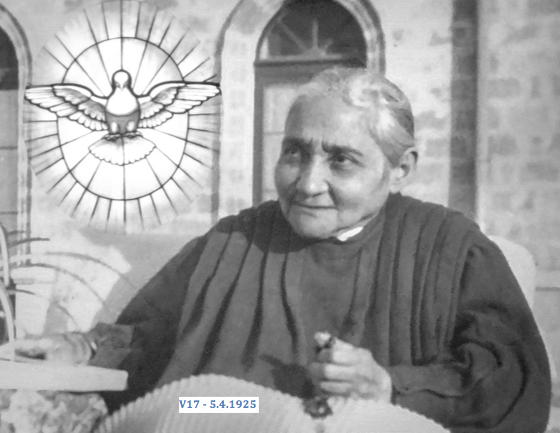Lent forms a proximate preparation for Easter. Its last two weeks, known as Passiontide, are an immediate preparation for the Feast of Easter.
During this time we reflect on how the hatred of Christ’s enemies grows day by day. That hatred is about to break out, and on Good Friday we will be reminded of the most frightful of all crimes, the bloody drama of Calvary, foretold by the prophets and by Our Lord Himself.
As the fatal end approaches the Church’s accents of grief become more and more penetrated with feeling. The thunderbolt of Divine Justice is about to strike the Redeemer who has become man for love of His Father and for us. By reason of the mysterious solidarity existing between all the members of the great human family, Jesus offers Himself as a substitute for His guilty brethren. As the prophet says: “He clothes Himself with our sins as with a garment,” and He was “made sin for us.” (2 Cor. 5:21) that He might bear our sins in His body upon the tree (1 Peter 2:24) and destroy it by His Death. In the Garden of Gethesmane the sins of every age and of all mankind flowed horrible and repulsive into the most pure soul of Jesus. Further, His Father doing violence to the love He bore Him is to treat HIm as being accursed, according to the scripture: “Cursed is He that hangeth upon a tree.” (Galatians 3:13).
For “the work of our Redemption required” (former hymn at morning service Good Friday) that Our Lord should be set as the salvation of the world upon the cross, so that “whence came death, thence might life be restored, and that he who overcame by a tree, might also on a tree be overcome”. (Preface of the Cross). It is an unequal struggle between the Prince of Life and that of death, but Christ triumphs in the very act of His self-immolation. Already on Palm Sunday (next Sunday, April 1st) He advances like a conquerer, sure of Himself, greeted with acclamations and already crowned with palms and laurels.
The purpose of Passiontide, through its close connection with Easter, is to recall to us the memory of our Baptism, when our souls were washed in Our Lord’s Blood, and of our First Communion, when they drank of its healing stream. By the Easter Communion and Confession, survivals of the ancient discipline connected with Baptism and Penance, we are led at this liturgical season to die and rise again once more with Christ.
